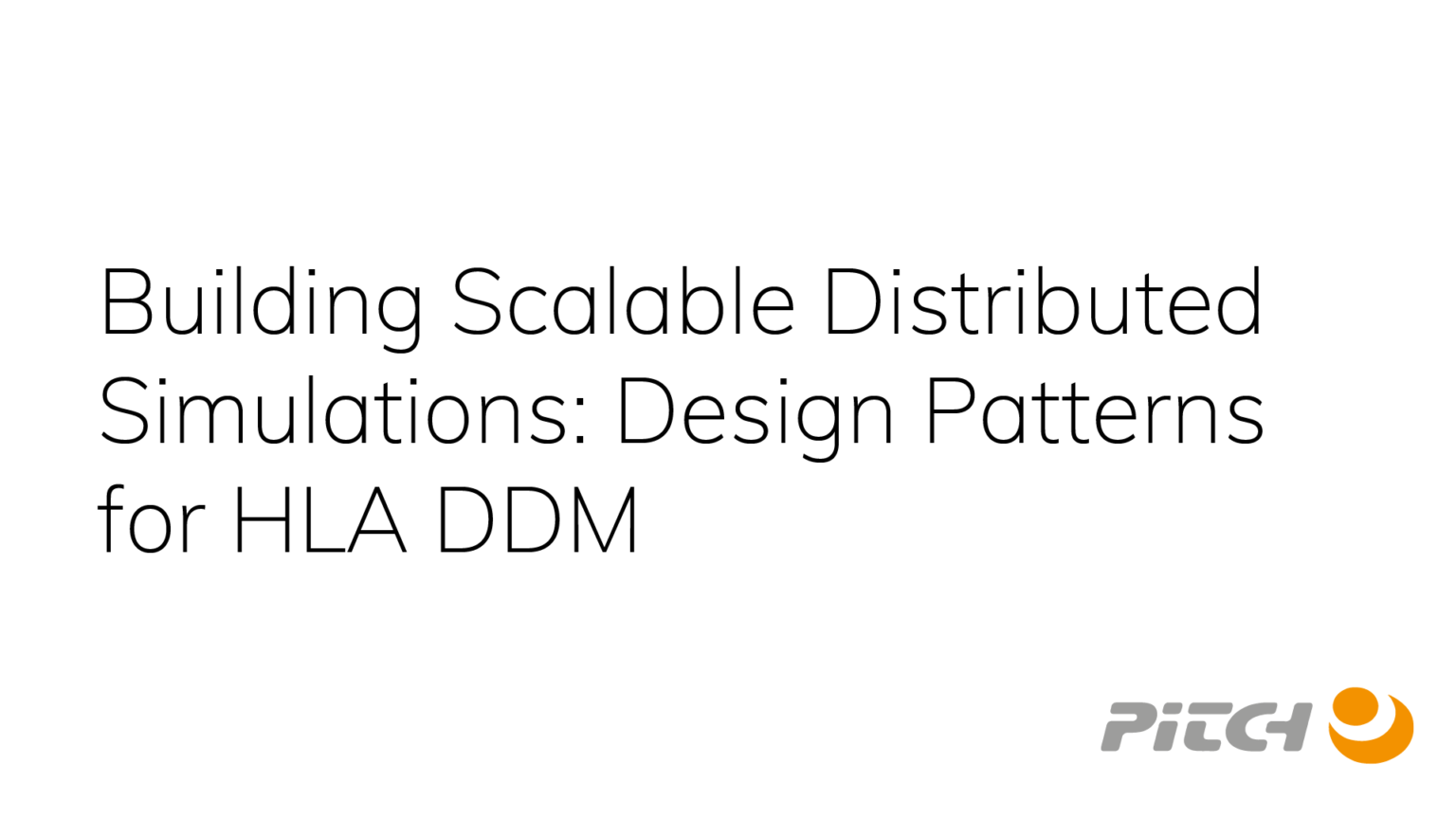ABSTRACT: Over the last decades the size of scenarios in distributed simulation has grown considerably, for example in defense training. There is also a demand for larger number of federates within exercises. This means that federation scalability is an area of growing importance. The developers of HLA foresaw this and introduced not only class-based
filtering, but also the HLA Data Distribution Management (DDM) for instance filtering. This is a very general and flexible mechanism for filtering.
The challenge for many beginners has been to understand DDM and to develop efficient designs. This paper presents some design patterns for DDM and discusses their pros and cons as well as implementation and
efficiency. One design pattern is Uniform DDM where all attributes of an object class have the same DDM dimensions available. This makes the use of DDM much easier in federations. Design patterns for filtering based on static properties (like the fuel type of a vehicle) and dynamic properties (like the position of a vehicle) are then covered.
A number of best-practices are also discussed, for example FOM design, handling of objects going in and out of scope as well as the usefulness of advisories. Life cycle challenges, like how to mix federates with and without DDM support are covered.
Finally, some thoughts are given on the design of general and reusable DDM schemes. As an example a number of DDM schemes are proposed for the RPR FOM.
Authors: Björn Möller, Fredrik Antelius, Martin Johansson, Mikael Karlsson
Publication: Proceedings of 2016 Fall Simulation Interoperability Workshop, 2016-SIW-003, Simulation Interoperability
Standards Organization, September 2016

